AMD Reveals Threadripper 2 : Up to 32 Cores, 250W, X399 Refresh
by Ian Cutress on June 5, 2018 11:05 PM EST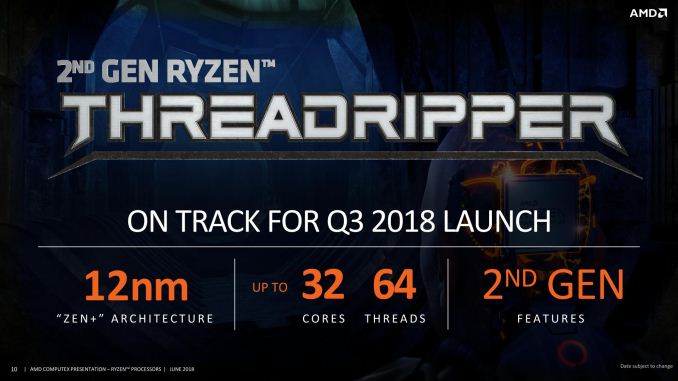
One of the surprises from AMD’s first year of the newest x86 Zen architecture was the launch of the Threadripper platform. Despite the mainstream Ryzen processors already taking a devastating stab into the high-end desktop market, AMD’s Threadripper offered more cores at a workstation-friendly price. For 2018, the next generation is going to be using AMD’s updated 12nm Zeppelin dies, as well as including a few new tweaks into the system including better boost and faster caches.
This article is still a work in progress, and will be updated as more news comes in.
AMD’s Zeppelin silicon has 8 cores, and the first generation Threadripper uses two of them to get to the top-SKU of 16-cores. Inside the CPU however, there are four pieces of silicon: two active and two inactive. For this second generation of Threadripper, called Threadripper 2 or the Threadripper 2000-series, AMD is going to make these inactive dies into active ones, and substantially increase the core count for the high-end desktop and workstation user.
At the AMD press event at Computex, it was revealed that these new processors would have up to 32 cores in total, mirroring the 32-core versions of EPYC. On EPYC, those processors have four active dies, with eight active cores on each die (four for each CCX). On EPYC however, there are eight memory channels, and AMD’s X399 platform only has support for four channels. For the first generation this meant that each of the two active die would have two memory channels attached – in the second generation Threadripper this is still the case: the two now ‘active’ parts of the chip do not have direct memory access.
This technically adds latency to the platform, however AMD is of the impression that for all but the most memory bound tasks, this should not be an issue (usually it is suggested to just go buy an EPYC for those workloads). While it does put more pressure on the internal Infinity Fabric, AMD ultimately designed Infinity Fabric for scalable scenarios like this between different silicon with different levels of cache and memory access.
Update: AMD has just published a full copy of their slide deck for the Threadripper 2 presentation. In it are a few interesting factoids.
| AMD Threadripper CPUs | |||||
| Threadripper 2 32-Core Sample |
Threadripper 2 24-Core Sample |
Threadripper 1950X |
Threadripper 1920X |
||
| Socket | TR4 (LGA) 4094-pin |
||||
| CPU Architecture | Zen+ | Zen+ | Zen | Zen | |
| Cores/Threads | 32 / 64 | 24 / 48 | 16 / 32 | 12 / 24 | |
| Base Frequency | 3.0 GHz | 3.0 GHz | 3.4 GHz | 3.5 GHz | |
| Turbo Frequency | 3.4 GHz (WIP) | 3.4 GHz (WIP) | 4.0 GHz | 4.0 GHz | |
| L3 Cache | 64 MB ? | 48 MB ? | 32 MB | 32 MB | |
| TDP | 250W | 250W | 180W | 180W | |
| PCIe 3.0 Lanes | 60 + 4 | ||||
| Chipset Support | X399 | ||||
| Memory Channels | 4 | ||||
- Both the 24-core and 32-core sample CPUs are clocked at 3.0GHz base and 3.4GHz all-core turbo, with the latter being a work-in-progress according to the company.
- The 32-core system was equipped with DDR4-3200 memory. This is notable because the Ryzen processors based on the same 12nm Zeppelin dies officially max out at DDR4-2933.
- The codename for the processor family is listed as "Colfax". This is the first we've heard this codename from AMD.
- Despite the high TDP, both CPUs used in AMD's demos were air-cooled, using AMD's Wraith Ripper Air Cooler
Also announced at the presentation is the state of play of motherboards. According to the motherboard vendors These new Threadripper 2000-series processors will have a peak TDP rating of 250W, which is much higher than 180W we saw on the 1950X. We have been told by partners that the 250W rating is actually conservative, and users should expect lower power consumption in most scenarios. Nonetheless, it was stated by several motherboard vendors that some of the current X399 motherboards on the market might struggle with power delivery to the new parts, and so we are likely to see a motherboard refresh. That is not saying that the current X399 offerings will not work, however they might not offer overclocking to the level that users might expect. At Computex there are new X399 refresh motherboards being demonstrated by a few companies, and we will report on them in due course. Other specifications are expected to match the previous generation, such as PCIe lane counts, despite the newly active dies.
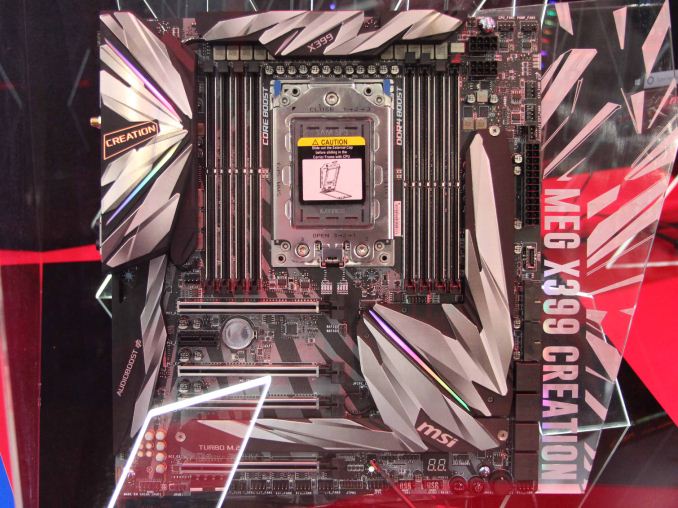
MSI's 19-phase X399 Refresh Motherboard
The launch for these new processors, according to our moles is in early August. This aligns with what AMD stated at the beginning of the year at CES, and is almost a year from the original Threadripper launch.
Pricing on the processors is set to be revealed either today or closer to the launch time. We will update this piece as more information comes in.
It will be interesting if AMD is going to go through the ‘unboxing’ embargo this time around, or just jump straight to full performance reviews. As always, come to AnandTech for the full story.
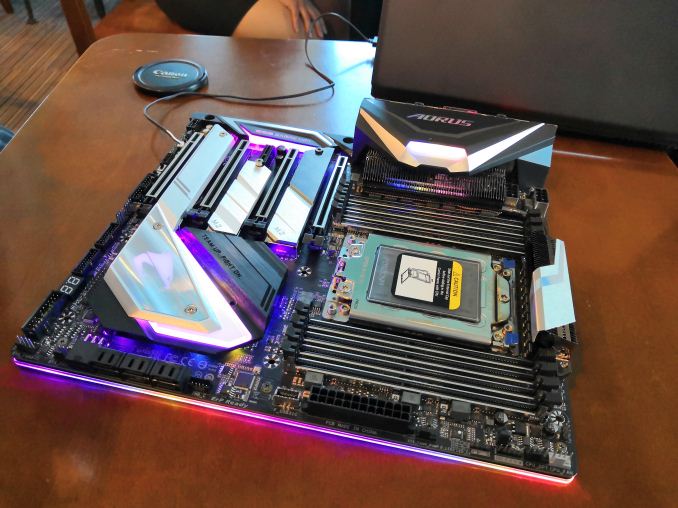
GIGABYTE's new X399 Refresh Motherboard
| Want to keep up to date with all of our Computex 2018 Coverage? | ||||||
 Laptops |
 Hardware |
 Chips |
||||
| Follow AnandTech's breaking news here! | ||||||


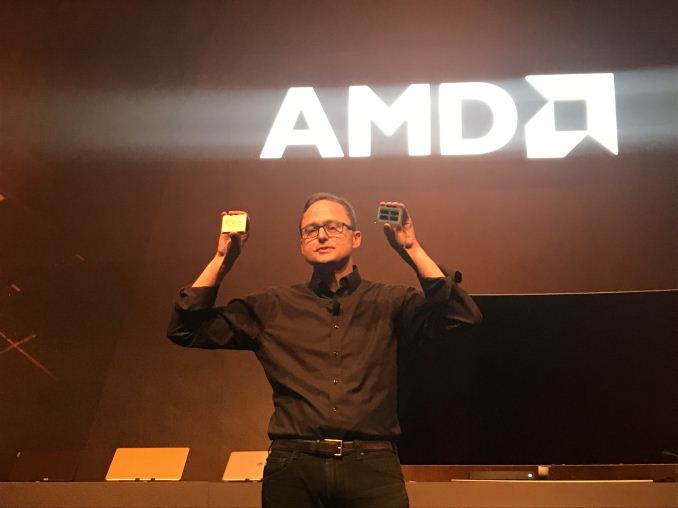
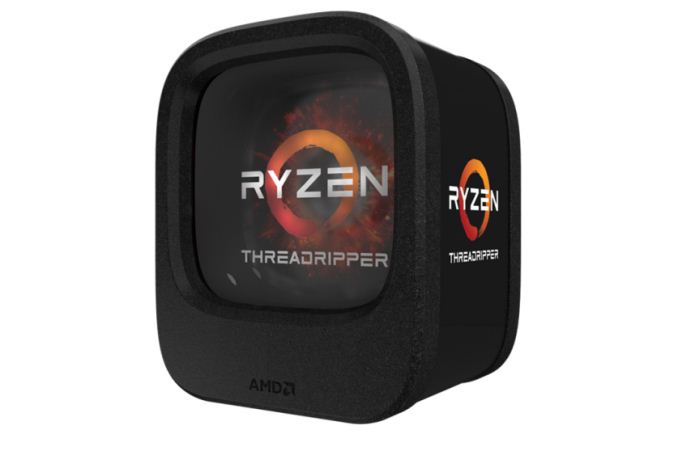
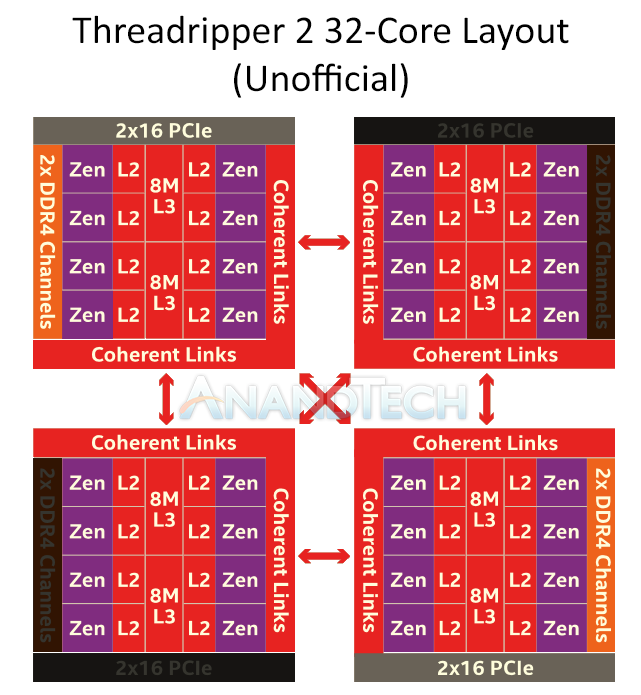
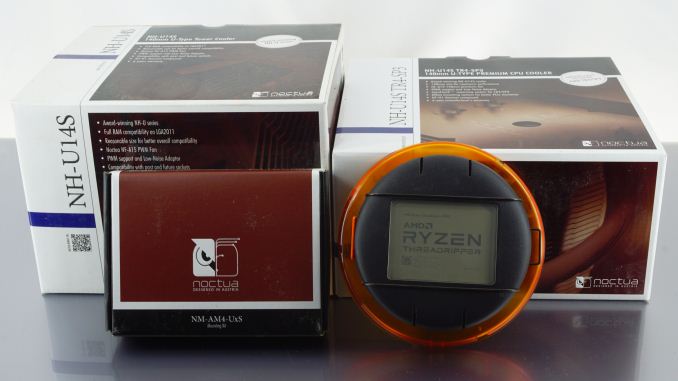














203 Comments
View All Comments
0ldman79 - Wednesday, June 6, 2018 - link
Technically they only hit 1400MHz, they were "PR Rated 1733".I had a 2400+ that was overclocked from 2GHz to 2.2.
dr.denton - Sunday, June 10, 2018 - link
0,18µ Palomino went up to 1,733Ghz, which made it a "2100+".There never was a "1733+", only a "1700+", running at 1,46Ghz.
Confusing, I know ^^
0ldman79 - Wednesday, June 6, 2018 - link
Intel released the Coppermine 180nm (.18 micron for those of us around at the time) @ 1.13GHz. At 1GHz they bumped the voltage from the stock 1.65v to 1.75v to get it stable, not a big deal. At 1.13GHz I believe before it was over the chips were run at 1.85v (I think the initial release was 1.75v) and there were a few refunds and replacements.The .13 micron Tualatin came out shortly there after, but Intel had already burned a lot of the customers that were excited about the new CPUs and AMD gobbled them up.
As good as the Tualatin was (it was an excellent replacement for the Coppermine) the sales numbers were terribly small. They were pushing the P4 by the time they release the Tualatin and regardless of the T being faster than the P4 the OEMs were pushing the new architecture hard.
It was pretty much a small subset of nerds that new about the Tualatin that hadn't already jumped to AMD that bought them.
I did get my hands on a few 1GHz Tualatin and I *think* I even saw a 933 or 966 Tualatin in the wild. I have a 1.4GHz Tualatin in storage somewhere. One day I'll have to dig out my old hardware and run benchmarks that will run on old to modern just for the sheer hell of it.
0ldman79 - Wednesday, June 6, 2018 - link
It was rather heartbreaking looking at the 1.7GHz Williamette Celeron that someone had bought over the 1.4GHz Tualatin because it had a faster clock speed.128MB of RDRAM for $600 vs 256MB of PC133 for $240...
dr.denton - Sunday, June 10, 2018 - link
Couple of months back I had this impulse to build a kind of retro gaming system with only "underdog" components. Tualatin, maybe a Kyro 2 ... something like that.Got 3 (!) PIII-S 1,13Ghz for 3$ on eBay. But then I saw the prices for decent i815 mainboards and gave away the CPUs for free :D
cyberguyz - Thursday, June 7, 2018 - link
Shoot I remember shelling out over a grand to buy a 200mhz pentium pro + mboard back in the day. that hurt since Intel immediately move on to the silly slot-1 pentium 2 platform just after that.Lord of the Bored - Wednesday, June 6, 2018 - link
Athlon got their first. It was a MAJOR feather in AMD's cap.The 1 GHz P3s were a paper launch. You couldn't actually buy one once Intel said they were available, because there was no supply. Intel only declared them launched so that AMD didn't have "the only" 1 GHz processor. It was almost a year before you could get a GHz P3.
The 1.1 GHz P3s were the ones that had to be recalled. Intel was trying to reclaim the speed crown, and stumbled. Fortunately for Intel, they ALSO weren't available in any meaningful amount, and it was a rather inexpensive recall.
0ldman79 - Wednesday, June 6, 2018 - link
I believe it was the 1.13GHz. The 1.1 was on the 100MHz bus and that seemed to be the top for the Coppermine core without exotic cooling. Pretty sure I've got one of those around here as well. I was actually hoping to get a 1.1 PIII running on a socket to slot adapter on a 440bx board, but my AMD Athlon system that started out as a Duron 733 bumped to an Athlon 1GHz, to an Athlon 1.4GHz then an Athlon XP 2400+. Didn't have much need for the PIII in a 440BX aside from geeking out.MDD1963 - Thursday, June 7, 2018 - link
Intel did NOT get to 1 GHz first, AMD's slot A Athlon 1000 was first.....limited distribution, granted, but, it was for sale.Notmyusualid - Sunday, June 10, 2018 - link
@ shabbyIndeed, but I think they are calling today the 'Core Wars', if I am not mistaken.